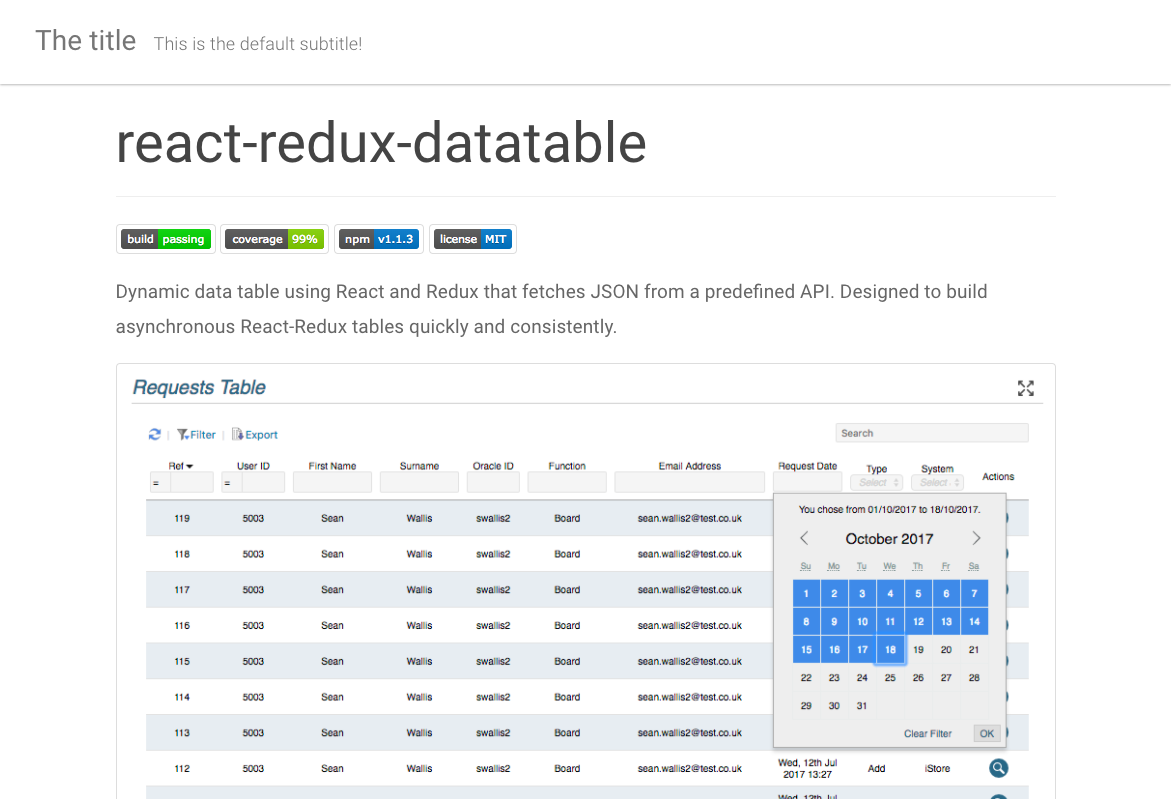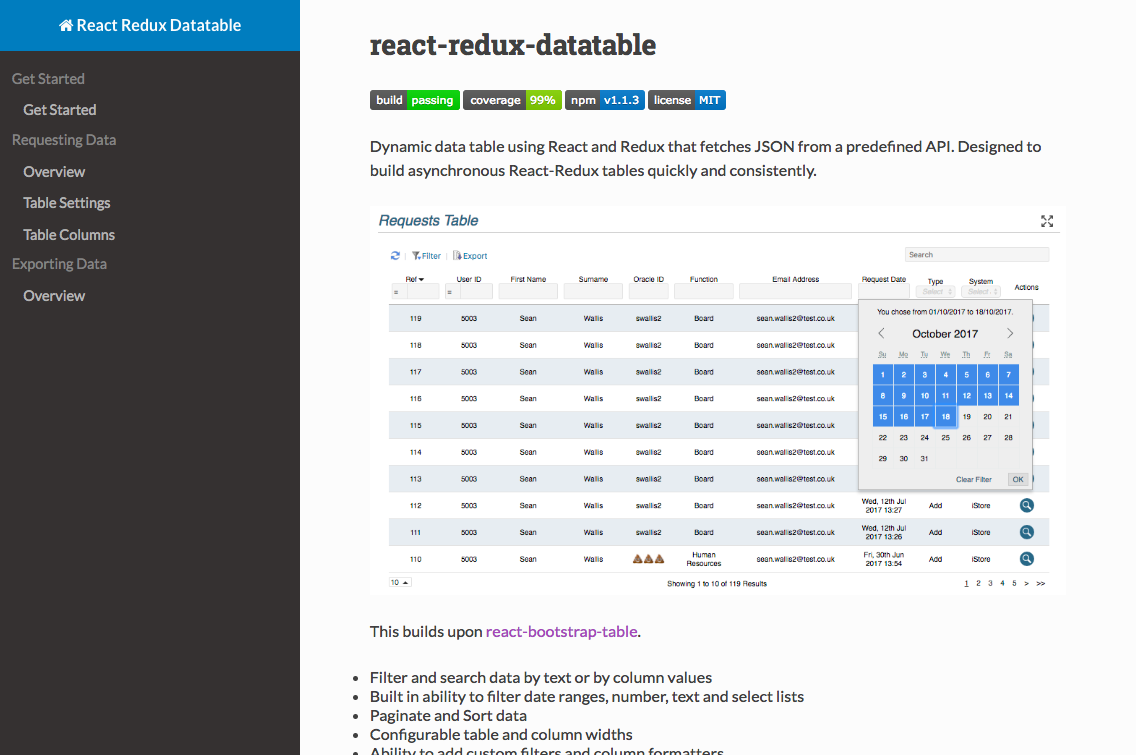Writing documentation can seem like a chore, or even an afterthought. Yet we know that it’s important so that others can use or maintain our code in future.

That’s where Couscous comes in. Couscous is a static website generator for your documentation. It takes your markdown files and then converts them to HTML, allowing you to quickly serve up your documentation in a readable format. You can even deploy directly to GitHub pages.
For me the great advantage is that I can write docs in the familiar markdown format, alongside my code, under source control. I am then able to run a single command couscous deploy and my documents are online.
Or if I choose not to use GitHub pages, I can first build the website using couscous generate and then deploy the code myself.
Getting Started
We can install couscous globally using composer to use it easily on any project:
composer global require couscous/couscous
Then, assuming you have markdown files within you project, you can run couscous preview from your project directory to immediately see your documentation website. You can then view the result at http://localhost:8000.

Configuration
Great, we have some documentation, but in order for it to be more useful we have to configure it a little.
Let’s say you then want to customise the appearance of the site. We could do so using a template and a couscous.yml file:
template:
url: https://github.com/sean-ww/Template-ReadTheDocs.git
We can set the template to a named directory or an external url (as shown above). Couscous already have a selection of templates that you can choose from, if you don’t want to spend time making your own.
Next I like to keep my documentation in a folder named docs, so let’s specify that. By adding a specific directory, couscous will only parse the files in the specified location:
template:
url: https://github.com/sean-ww/Template-ReadTheDocs.git
include:
- docs
Next up we’ll add a couple more variables. All variables we add in our yaml file will also be available in our template. In which case, both the title and baseUrl variables will be useful:
template:
url: https://github.com/sean-ww/Template-ReadTheDocs.git
include:
- docs
title: React Redux Datatable
baseUrl: https://sean-ww.github.io/react-redux-datatable
Then lastly, I want to add a navigation menu to move between the different documentation pages I create:
template:
url: https://github.com/sean-ww/Template-ReadTheDocs.git
include:
- docs
title: React Redux Datatable
baseUrl: https://sean-ww.github.io/react-redux-datatable
# The left menu bar
menu:
sections:
getStarted:
text: Get Started
items:
getStarted:
text: Get Started
relativeUrl: get-started/get-started.html
requestingData:
text: Requesting Data
items:
overview:
text: Overview
relativeUrl: requesting-data/overview.html
tableSettings:
text: Table Settings
relativeUrl: requesting-data/table-settings.html
tableColumns:
text: Table Columns
relativeUrl: requesting-data/table-columns.html
exportingData:
text: Exporting Data
items:
overview:
text: Overview
relativeUrl: exporting-data/overview.html
Please note that different templates will require different variables, so do check the documentation that relates to each template.
Here’s what my documentation looks like now with the above configuration:

And you’ll find the real thing deployed here.
